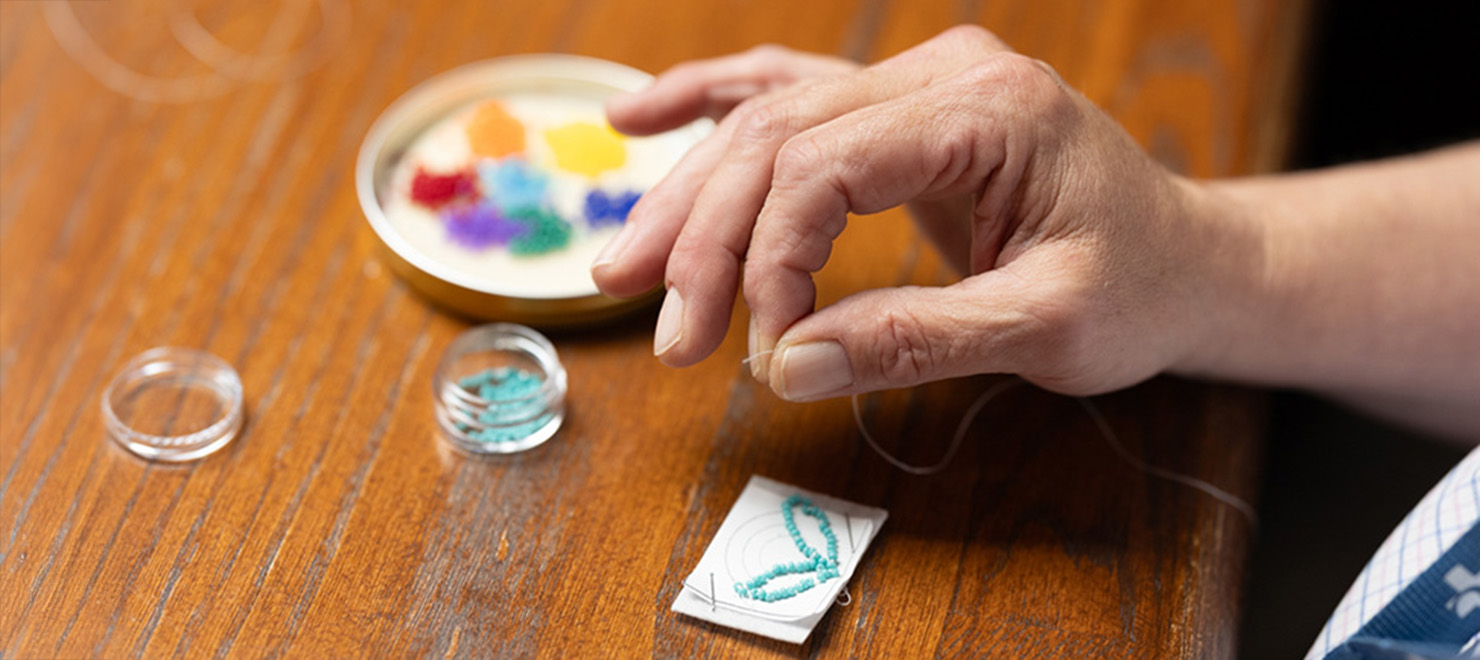
In 1921, researchers in Ontario made a breakthrough that marked a turning point in the treatment of diabetes. Their discovery of insulin changed the outlook of the disease from a certain death sentence to a manageable condition.
On the centennial anniversary of this life-saving drug, Canada is seeing rising rates of diabetes. Currently, one in three Canadians has diabetes or prediabetes. The most common form is type 2 diabetes, which at one time was far more prominent in adults but is becoming more common in younger people.
If left untreated, type 2 diabetes can lead to serious complications, including kidney disease, blindness, heart attack, and stroke.
“That is why it is so important to reach out to your health-care team if you believe that you have any symptoms or risk factors,” said Annie Garon-Mailer, Advanced Practice Nurse at The Ottawa Hospital’s Foustanellas Endocrine and Diabetes Centre, the leading referral centre in Eastern Ontario for complex diabetes care.
This is a condition that can be managed, but only if it is properly diagnosed.
“It is so rewarding to help patients manage the disease and to see how just a few lifestyle changes can diminish symptoms and improve their quality of life.”
Being able to recognize common symptoms and risk factors may also reduce your risk of developing type 2 diabetes.
First, what is diabetes?
Diabetes affects how your body turns food into energy.
People living with type 1 diabetes cannot produce insulin and are insulin dependent, while people with type 2 diabetes cannot effectively use the insulin that their bodies produce. Insulin regulates blood sugar, helping the glucose from food get into the body’s cells to be used for energy.
Type 1 diabetes often develops during childhood or adolescence. Type 2 diabetes usually develops in adulthood, though it is increasingly being seen in children. Roughly 90 percent of people living with diabetes have type 2 diabetes.
What are the common symptoms?
The following are the most common symptoms of type 2 diabetes:
- Increased thirst
- Increased hunger
- Frequent urination
- Dramatic weight gain or loss
- Extreme fatigue or lack of energy
- Blurred vision
- Frequent or recurring infections
- Slow-healing cuts and bruises
- Numbness or tingling of the hands or feet
- Difficulty attaining or maintaining an erection
- Diabetes ketoacidosis (a serious complication that can be life threatening)
However, some people diagnosed with type 2 diabetes may not notice any symptoms.
Am I at risk?
Having any of the following conditions can increase your risk of developing type 2 diabetes:
- High blood pressure
- High cholesterol
- A high BMI (especially if body fat is mainly stored in your abdomen)
- Prediabetes
- Polycystic Ovary Syndrome (PCOS)
- Psychiatric disorders (schizophrenia, depression and bipolar disorder)
- Obstructive sleep apnea
- Areas of darkened skin (called acanthosis nigricans)
Other risk factors include being over the age of 40, having a history of diabetes in your immediate family, and, although the reason is unclear, your ethnic background (being of African, Arab, Asian, Hispanic, Indigenous or South Asian descent).
To find out if you are at a higher risk, take the Canadian Diabetes Risk Questionnaire.
How can I reduce my risk?
While there are currently no known ways to reduce the risk of type 1 diabetes, there are several lifestyle changes you can adopt to reduce your risk of type 2 diabetes:
- Eat healthily: Following a healthy meal plan is the first step in reducing your risk. Be sure to make these foods staples of your diet: fruits, vegetables, plant-based proteins, whole grains, dairy, lean meats, oily fish, nuts and healthy oils.
- Exercise regularly: Maintaining an active lifestyle has an array of health benefits, both physical and mental. If you work at a computer all day, limit the amount of time you spend sitting by standing up and moving around every 20-30 minutes.
- Maintain a healthy bodyweight: If you have prediabetes and are overweight, losing five percent of your bodyweight can delay or even prevent the development of type 2 diabetes.
What are the ways to manage type 2 diabetes?
When many people think of diabetes treatment, they think of a needle filled with insulin. But the reality is that a person living with type 2 diabetes may not require insulin therapy. The same lifestyle changes that can reduce the risk of type 2 diabetes can also help manage blood sugar levels, which can be monitored with a home blood glucose meter. Insulin is not the only medication available either. Since the discover of insulin 100 years ago, many advancements have been made, including non-insulin oral medications and injections.
Diabetes is a chronic illness, but it can be managed through lifestyle changes and medication. Though an initial diagnosis may be stressful, you can still enjoy a great quality of life. And whether you are newly diagnosed or want to gain better control of managing your diabetes, The Ottawa Hospital is here to help you achieve your goals.
Discover more diabetes resources from The Ottawa Hospital.

Support patient care and research at
The Ottawa Hospital
You might also like…
Living with chronic pain? This online tool offers help — and hope
The Power Over Pain Portal is a free virtual resource hub designed to help empower youth and adults living with chronic pain through education and peer support.
What to do in an emergency: New first aid video series on YouTube
Would you know what to do if you saw someone experience a stroke, heart attack or opioid overdose? We’ve launched a series of easy-to-follow videos on YouTube that walk you through how to respond to common first aid emergencies.
Flu season 101: A quick guide to keeping the sniffles away
Got two minutes? This short guide could help you make it through flu season without stocking up on tissues.
Bringing communities together, one stitch at a time
In celebration of June being both National Indigenous History Month and Pride Month, The Ottawa Hospital hosted a beading workshop for Indigenous and 2SLGBTQIA+ staff and their allies.
Aging well: Guidance for older adults
In this special video series for both older adults and their loved ones, geriatric care specialists from The Ottawa Hospital offer guidance on navigating common health-care challenges that may arise with aging.
How to stay safe around water this summer
Drowning can happen to anyone — even strong swimmers. Emergency physician Dr. Christian Vaillancourt debunks common myths about drowning, explains how to act quickly to save a life, and shares what you can do to keep yourself and your loved ones safe around water.


 To reset, hold the Ctrl key, then press 0.
To reset, hold the Ctrl key, then press 0.





